Adrian Newey is one of the most successful designers in Formula 1 history, and has won more world championships than anybody.
His cars have won 12 Constructors' and 13 Drivers' crowns between 1992 and 2023, and as Red Bull Chief Technical Officer, is one of the trusted teams behind Max Verstappen's crushing domination of Formula 1
Newey is renowned as an old-school designer who prefers to stand at his drawing board to create designs, and as he exclusively tells RacingNews365 his early days at Leyton House and Williams meant he was "Inspector Poirot" before the boom of the computer age revolutionised F1 design.
"Inspector Poirot"
"I initially did a year-and-a-half at Fittipaldi, then went to IndyCar and came properly back into Formula 1 in 1987 at Leyton House," Newey exclusively tells RacingNews365.
"At the time, we had five engineers in total so it was tiny and even when I joined Williams in 1990, it was a much bigger team, and I can't remember exactly, but there were probably around 15, maybe 20 engineers.
"That didn't rise hugely through the 90s, and it was only in the very early noughties, that the numbers really started to increase significantly, and that was partly of course because the budgets were going up.
"But perhaps more significantly, the computer age was becoming mature, and what the increasing computing power and simulation tools allowed us to do is go into much more detail on the aerodynamics.
"Back then, we just had a wind-tunnel and the flo-vis and then you are trying to imagine the flow Inspector Poirot like, trying to find the limited clues about what is going on.
"With CFD now, we have a tool where it is very easy to visualise the flow, and with vehicle dynamics and race engineering, it was purely talking to the drivers with no data recorders.
"The computer age has changed that now, and it is a very different thing that allows us to go into this huge amount of detail and understanding."
Viewed by others:
The impact of Sebastian Vettel and Max Verstappen
Newey has been fortunate to work with some of the most successful drivers in F1, including Nigel Mansell, Alain Prost, Ayrton Senna, Mika Hakkinen, Sebastian Vettel and now Verstappen.
Combined, Vettel and Verstappen have earned seven world championships and 95 grand prix wins in Newey-designed cars and highlighted Red Bull's two World Champions for their feedback.
"I think with all the drivers I've been lucky enough to work with over the year, their feedback is vital," he says.
"Very often, different drivers will be more sensitive to different areas.
"For example, Sebastian Vettel and Max have one thing in common, in that they are both very sensitive to the tyres.
"Other drivers, like Mark Webber for instance, were very sensitive to aerodynamic changes, and Max is as well.
"With the driveability of the engine, some drivers are more sensitive than others, so you get different bits of feedback from different drivers and then piece it all together.
"Theoretically, you could argue that with all the sensors on the car, and all the simulation tools we have to derive from the sensors, then we shouldn't need the feedback of a human.
"But, the human feedback is vital as the human is the controller, the sensitivity and feeling and ability to express that is key.
"It is not a machine-driven vehicle."
For more from Adrian Newey's exclusive interview with RacingNews365 check out the links below!
Viewed by others:
Don't miss out on any of the Formula 1 action thanks to this handy 2026 F1 calendar that can be easily loaded into your smartphone or PC.
Download the calenderMost read
In this article
Interviews RN365 News dossier
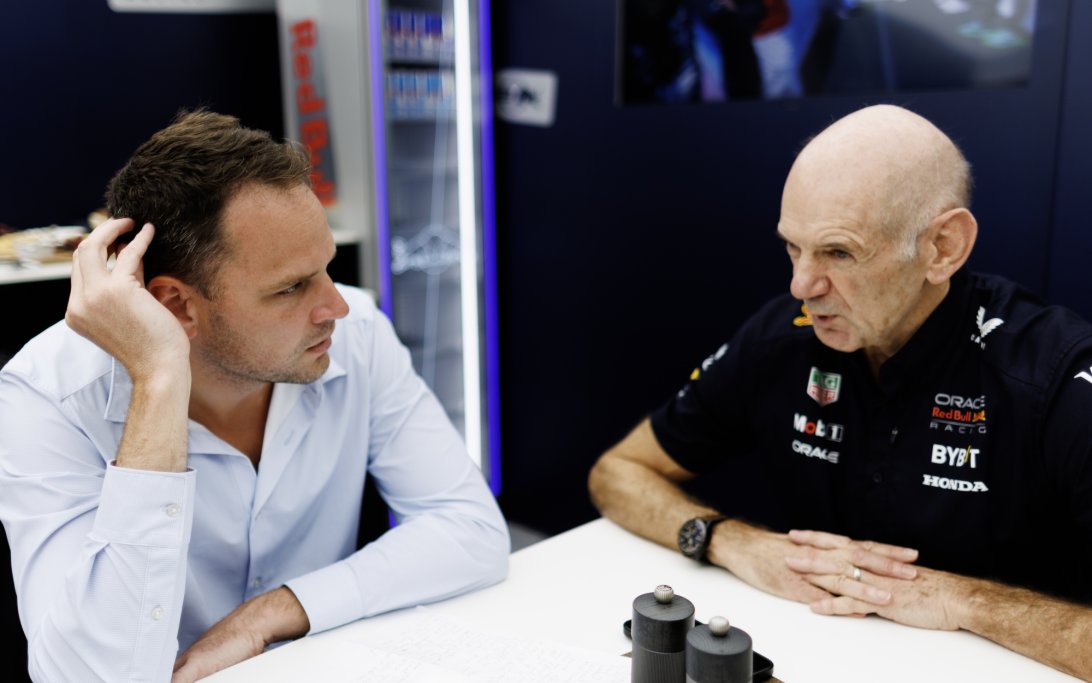
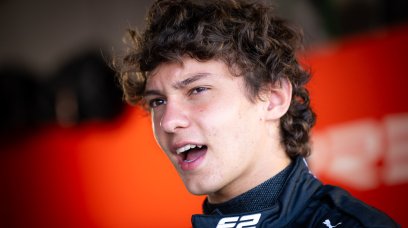
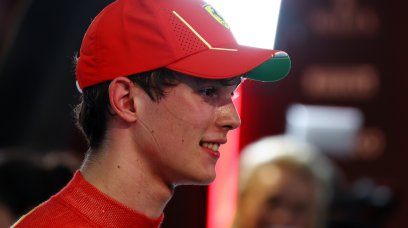
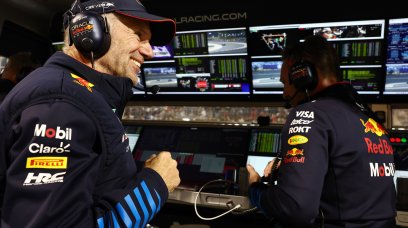
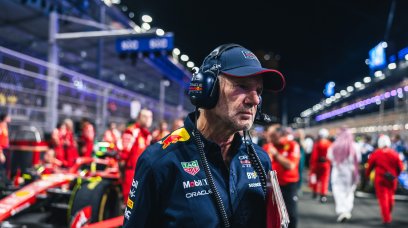
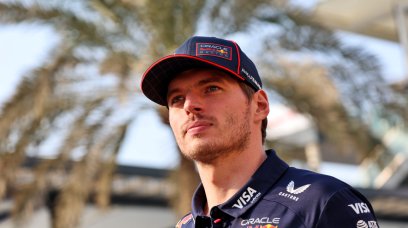
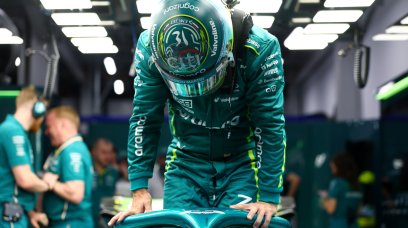
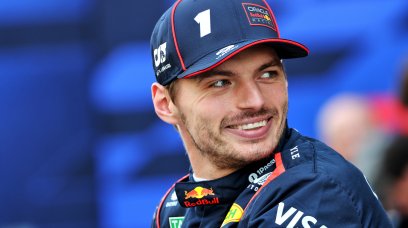
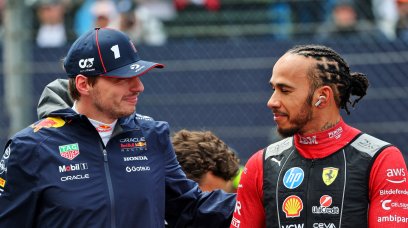
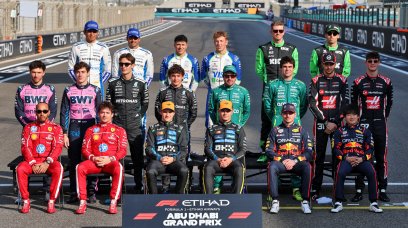
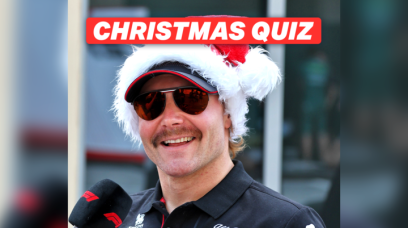
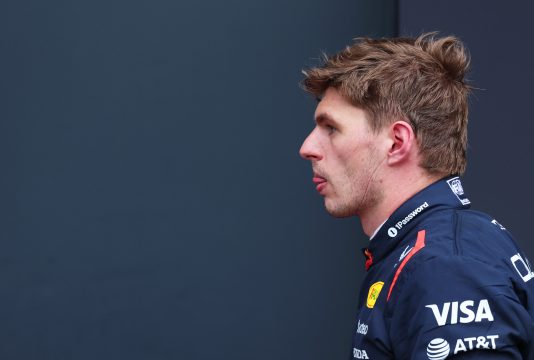
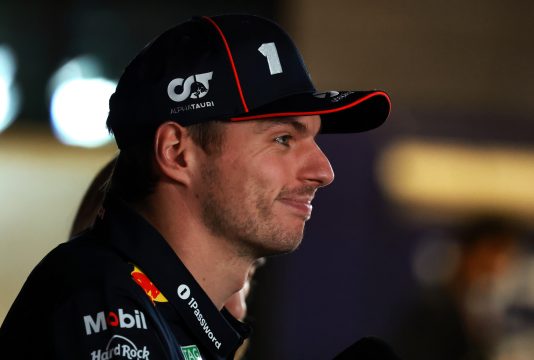
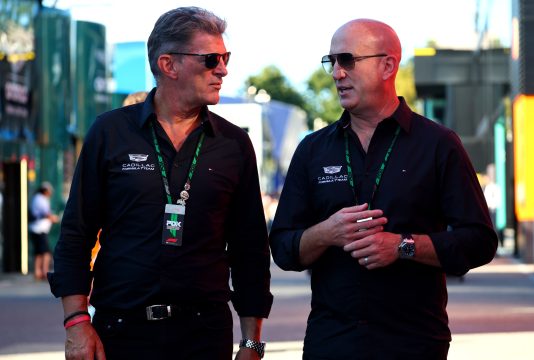
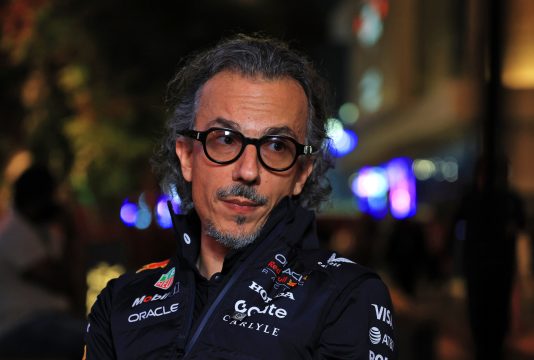
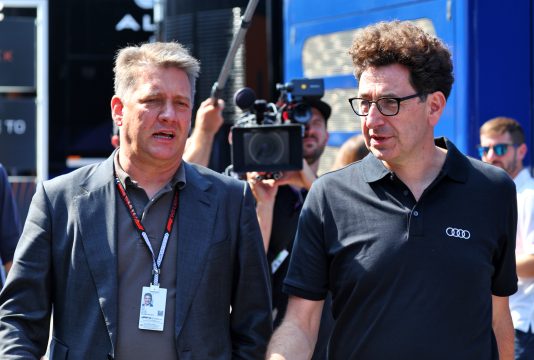
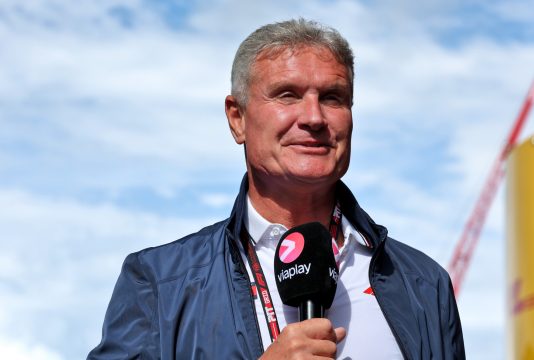
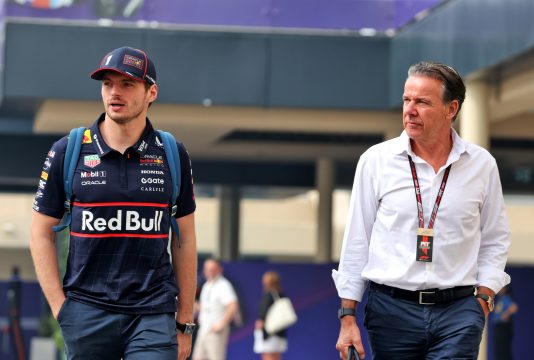
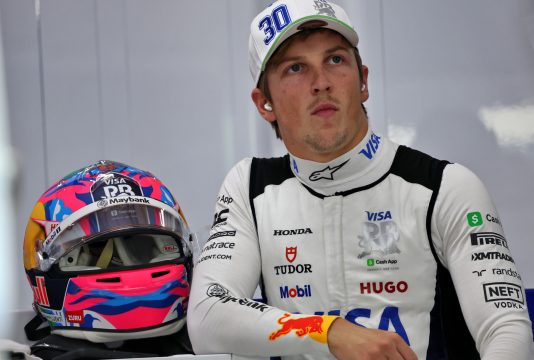

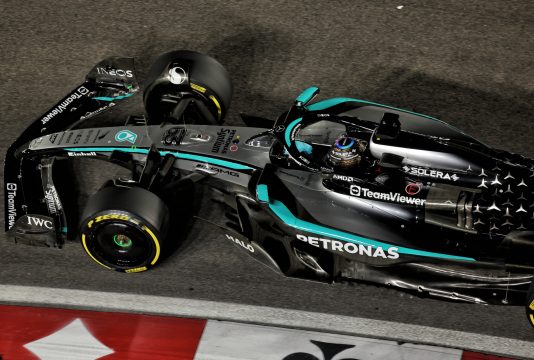
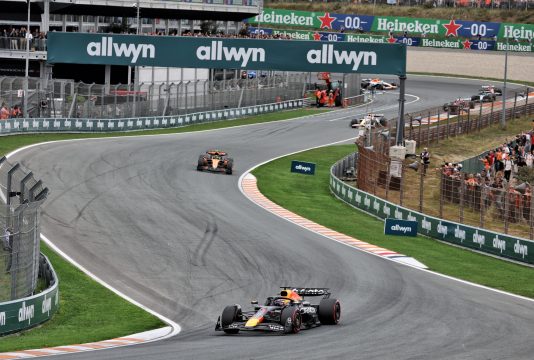
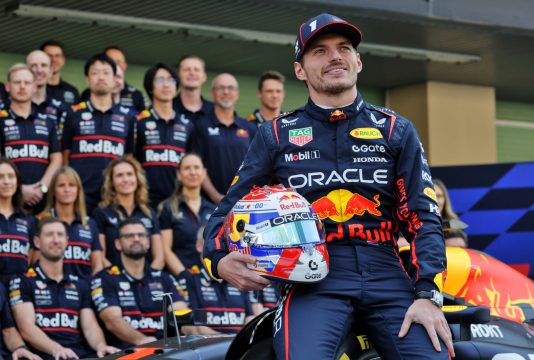
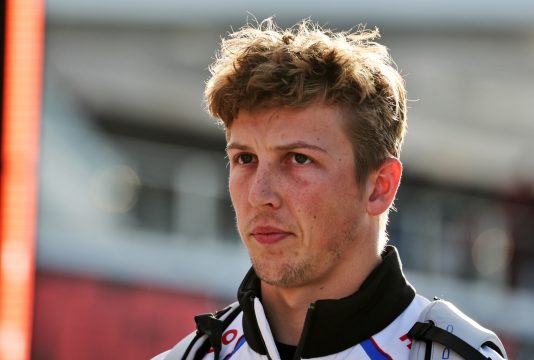
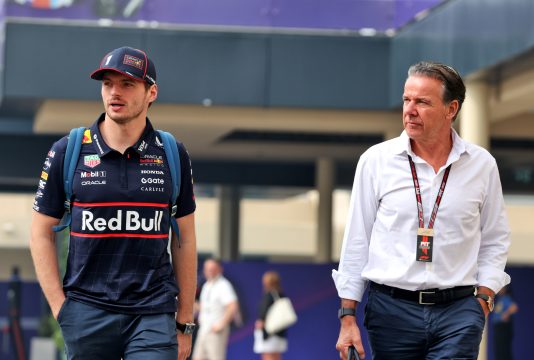

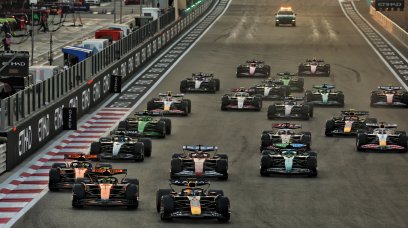

Join the conversation!